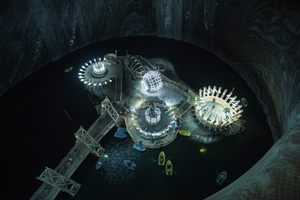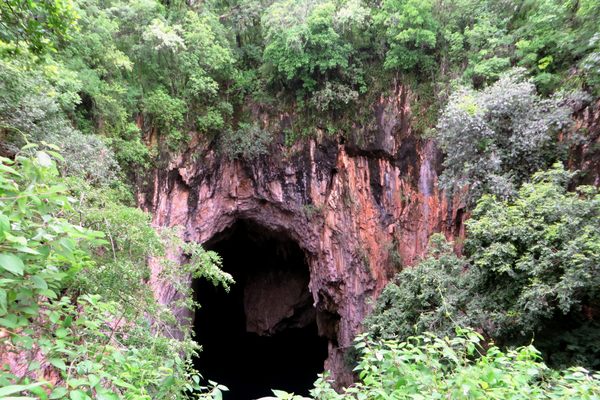About
After their discovery in 1974, these limestone caverns were kept secret for more than a decade as their discoverers sought a way to preserve their untrammeled beauty.
Seeking undiscovered caves in the mid-70s, Gary Tenen and Randy Tufts discovered evidence of a secret cave: the two felt warm air emanating from a crack at the bottom of a sinkhole they found in the Whetstone Mountains of southern Arizona. The men slipped through the crack and discovered a network of pristine caverns with spectacular rock formations, including massive stalagmites and stalactites. The cavers would return on several occasions over four years, discovering 2.5 miles of passageways and chambers, all the while keeping their find secret, even from the owners of the property encompassing the cave, for fear of vandals.
In 1988, more than a decade after the discovery, the state of Arizona purchased the land from the Kartchner family and began developing the site into a state park, a process that took several years and millions of dollars.
Today parts of the cave are open to the public, including two large chambers. Throne Room holds the largest known soda-straw stalactite in the world, and Big Room features a large formation of Brushite moonmilk, a soft, creamy substance that's composed of mineral deposits but does not harden into rock.
Even though the cave has been partially developed to allow groups to visit, including paved paths and lights, there are still areas in the developed part of the cave that have been left relatively untouched. Tour guides will point out muddy footprints on the edge of a pool, which Tenens and Tufts left when they were exploring the cave.
Big Room is also home to a colony of bats from spring through mid-autumn. The room is sealed off from humans to allow the bats to raise their young in the caves, as they have since time immemorial.
Related Tags
Know Before You Go
Off AZ 90
Community Contributors
Added By
Edited By
Published
June 20, 2013





































